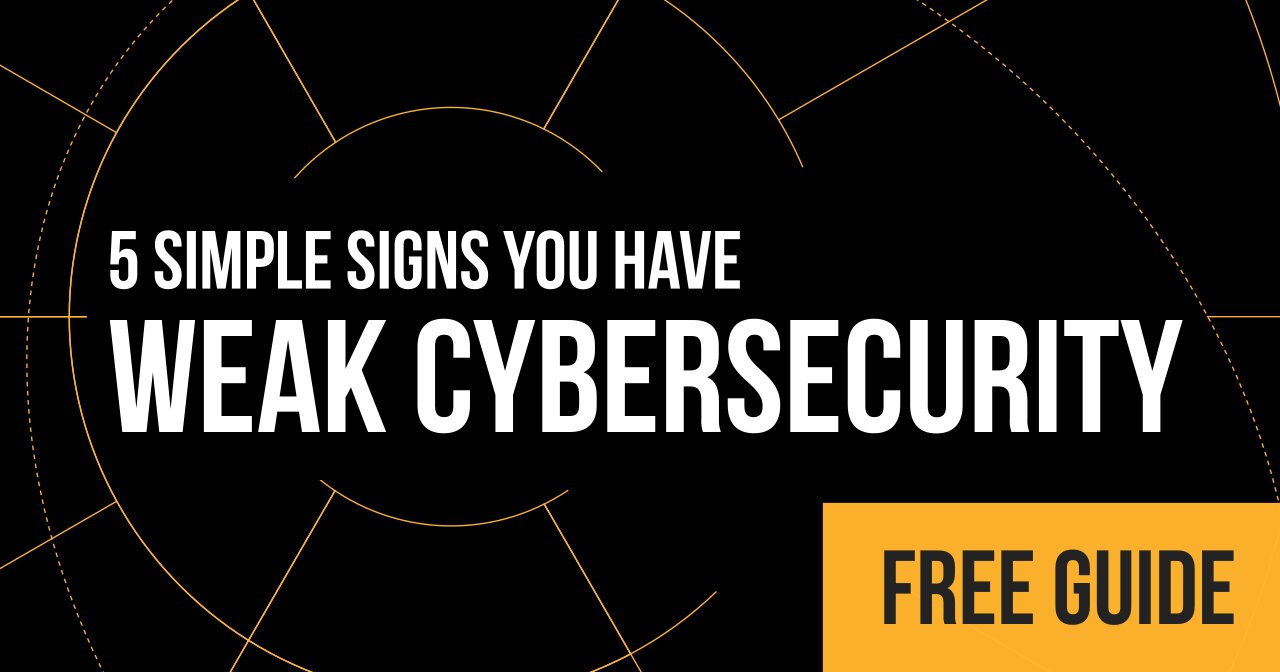
With the latest attacks hitting the 24-hour news cycle like wildfire, more businesses are becoming hyper focused on cybersecurity. Personally, I have been getting contacted by a variety of local news agencies in Nashville and I imagine that you are getting the same attention (or should be!) in your geography.
With major attacks the likes of the Colonial Pipeline continuing to be talked about, now is the perfect opportunity to speak with your existing clients and prospects about their cybersecurity stance and the steps they can take to avoid becoming the next business-shattering horror story. That means educating them on their cyber stack.
One of the easiest ways our partners are educating their clients have been by showing them what they are leaving out for hackers to get their fingers on in the inevitable event that someone on their team clicked a link.
This gives them first-hand understanding about how their sensitive data is just a click away from being compromised. When they see how personal cyber attacks can get, they realize how necessary, important, and relevant security is to them and their businesses.
Even more, when you give them a diagnostic that they can understand and you connect the dots so they can see a business case for investing in security, you are making it easier for them to justify a cost and plan for it.
With workforces less willing to return to the conventional office routines, this is also a perfect opportunity to provide solutions that monitor, assess and work in a hybrid workplace that accommodates both on premise and remote options.
Your challenge as the technical resource for many small and medium-sized businesses is being able to communicate value of your stack.
You will show client or prospect their risks and help them with mitigation plans. In doing so, you will need to communicate the value of your stack and overcome the perception of cybersecurity as simply a black box. Most clients that are not security focused with perceive your stack simply as added cost if you aren’t clearly communicating and linking their risks back to their personal information.
Again, this is where many have found penetration testing to be more valuable at communicating value in a cyber stack than simply laying out vulnerabilities in a network assessment report.
The key to getting your stack to sell itself is making sure your clients understand what is at stake if they were to leave things the way they are. If they don’t understand that cybersecurity is always changing and why year to year their security cannot simply stay the same, they will never want to reinvest in additional solutions.
It is up to you to get them to understand why they need to plan to continually invest in security solutions. Just as QuickBooks resells its product year after year because the tax environment is never really the same, we need to get our clients to likewise understand that their cyber stack one year will not be good enough indefinitely.
What you need to get them to do, as you should as well, is wanting to understand how their stack stacks up.



